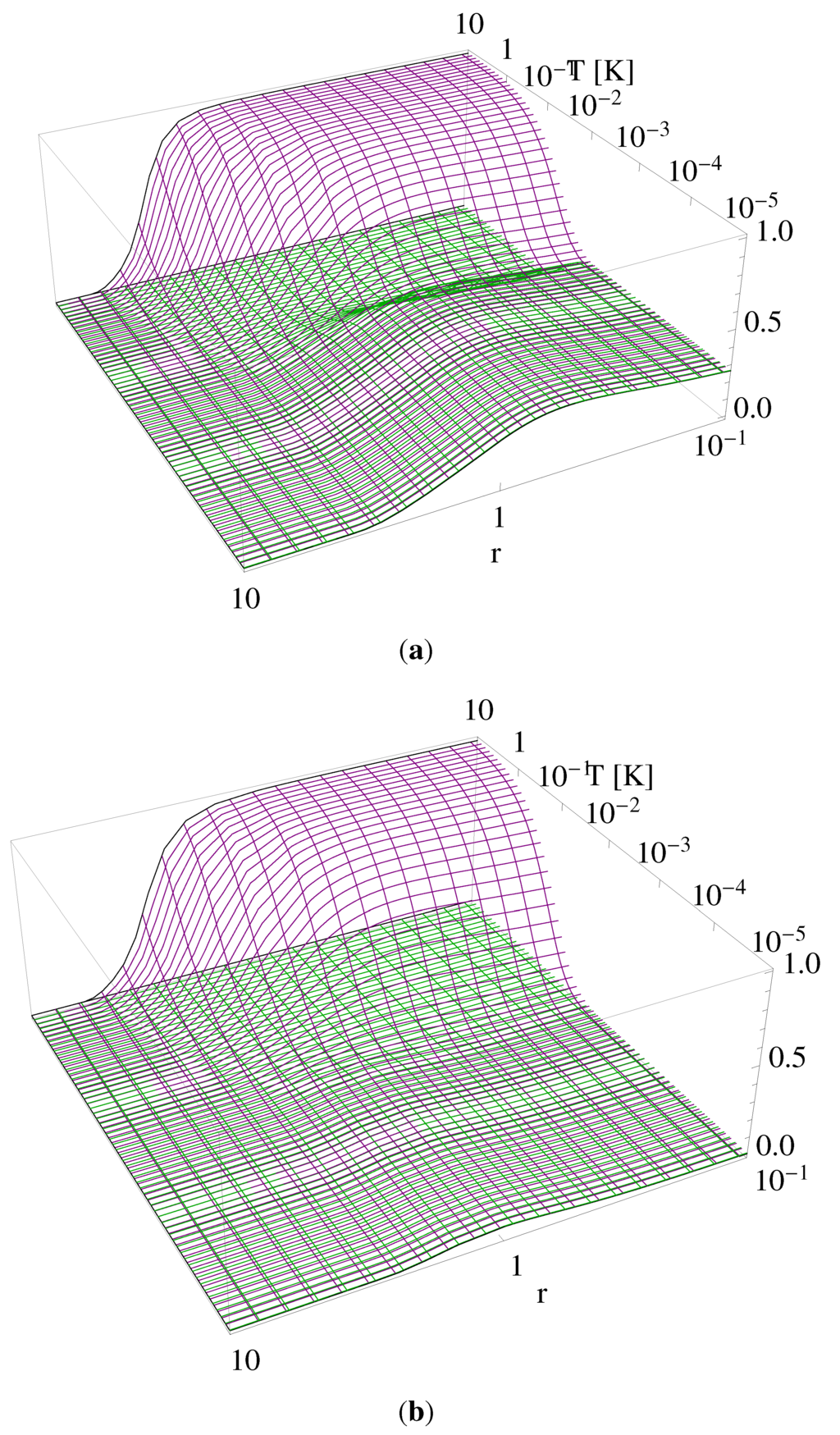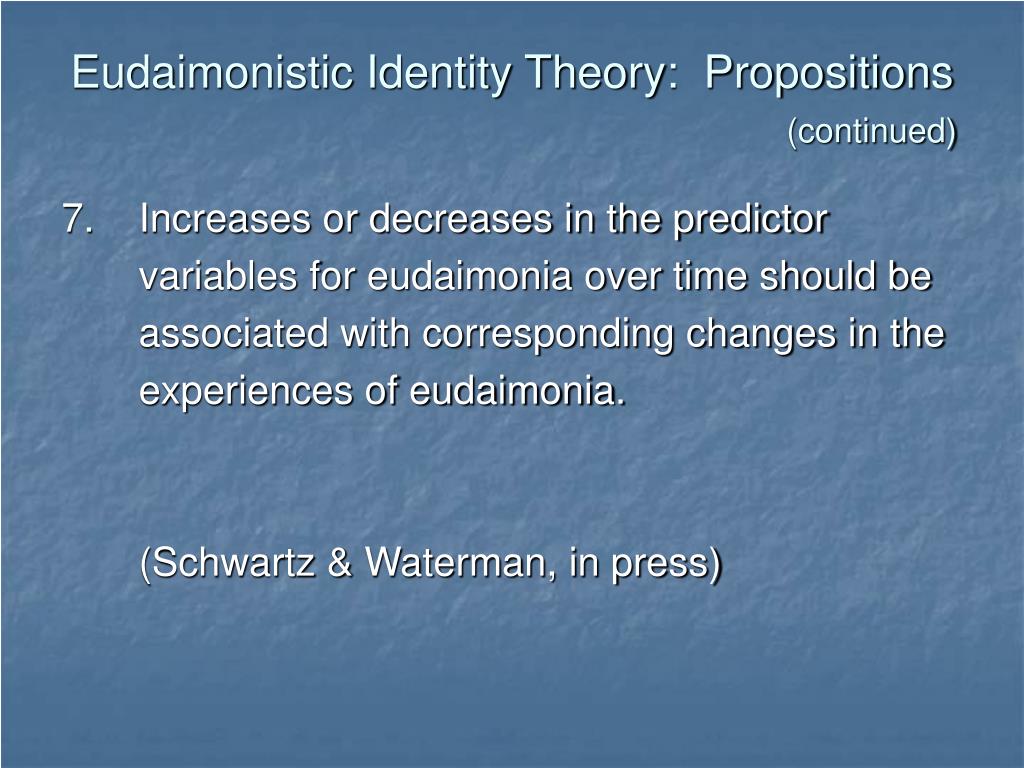

However, he felt alienated there and struggled with the institution’s rigid pedagogical style.

Einstein had one sister, Maja, born two years after him.Įinstein attended elementary school at the Luitpold Gymnasium in Munich. Einstein’s mother, the former Pauline Koch, ran the family household. Einstein & Cie, a Munich-based company that mass-produced electrical equipment. His father, Hermann Einstein, was a salesman and engineer who, with his brother, founded Elektrotechnische Fabrik J. SPOUSES: Mileva Einstein-Maric (1903-1919) and Elsa Einstein (1919-1936)ĪSTROLOGICAL SIGN: Pisces Early Life, Family, and EducationĪlbert Einstein was born on March 14, 1879, in Ulm, Württemberg, Germany. With his passion for inquiry, Einstein is generally considered the most influential physicist of the 20 th century. In his later years, Einstein focused on unified field theory. His work also had a major impact on the development of atomic energy. In the following decade, he immigrated to the United States after being targeted by the German Nazi Party.

In 1921, he won the Nobel Prize in Physics for his explanation of the photoelectric effect.
Einstein in Books and Movies: "Oppenheimer" and MoreĪlbert Einstein was a German mathematician and physicist who developed the special and general theories of relativity. His other passion is jazz and avant-garde music and he is an acclaimed jazz writer and critic. His scientific interests include quantum optics, quantum physics, quantum information, many body theory, attosecond science, and statistical physics. In 2005 he moved to Catalonia as ICREA Research Professor to lead the quantum optics theory group at the Institut de Ciències Fotòniques in Castelldefels. He was faculty member of CEA in Saclay (1995-1998), and at the Leibniz University Hannover (1998-2005). He worked as postdoc at the University of Essen and at the Harvard University with Roy J. He completed his PhD in Essen in 1983 with Fritz Haake and he obtained his habilitation in 1986 in Warsaw. Maciej Lewenstein joined the Centre for Theoretical Physics of the Polish Academy of Sciences in Warsaw in 1980. His scientific interests include nonlinear optics, singular optics, quantum physics, ultracold atoms, complex and open classical and quantum systems. Since 2014 he has been working at ICFO as Research Fellow in the group of Prof. Consequently, he worked as postdoc at IFISC (Mallorca), at Colorado School of Mines (CO, USA), at the University College Cork (Ireland), and at the University of Barcelona. Miguel Ángel García March completed his PhD in Valencia with Albert Ferrando in the Pure and Applied Mathematics Institute (IUMPA), Polytechnic University of Valencia, with Extraordinary Excellence Award. He is also interested in the philosophical and historical aspects of science, such as the political role of scientists and the relation between scientific research and society. Currently, he works as junior postdoc at the Internet Interdisciplinary Institute (IN3) of Barcelona, in the CoSIN3 group (Complex IN3) and studies diffusion phenomena in social networks. Aniello Lampo completed his PhD at the Institute of Photonic Science (ICFO) of Barcelona, focusing on complex quantum systems and quantum-to-classical transition.







 0 kommentar(er)
0 kommentar(er)
